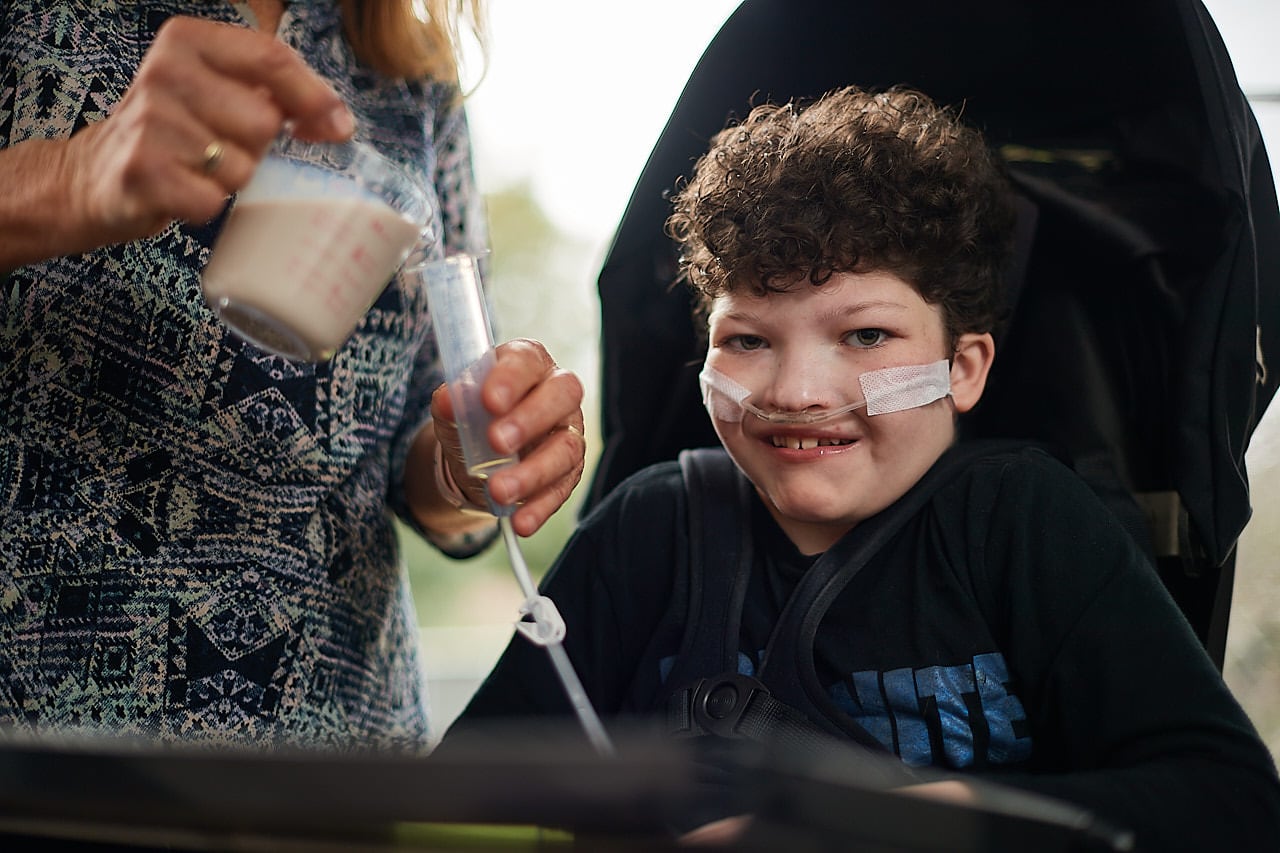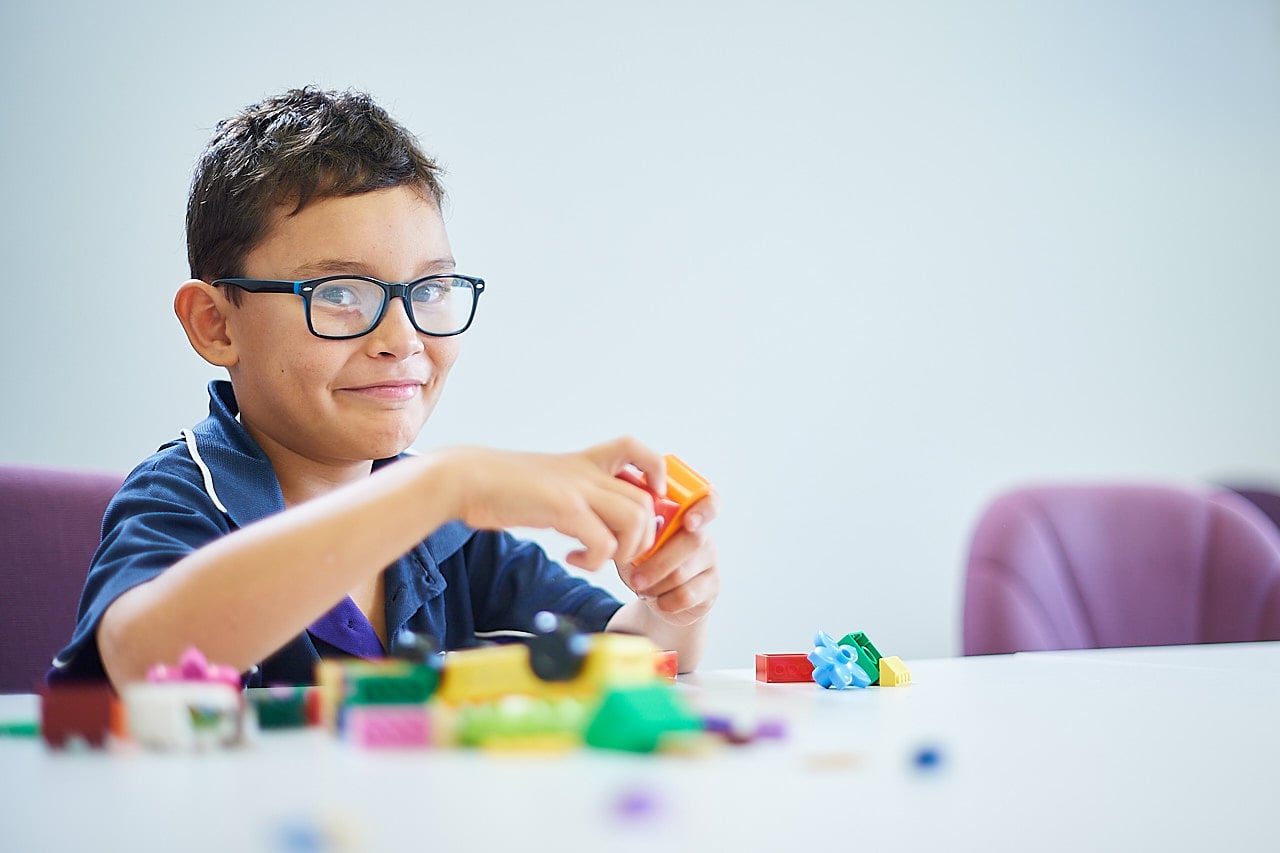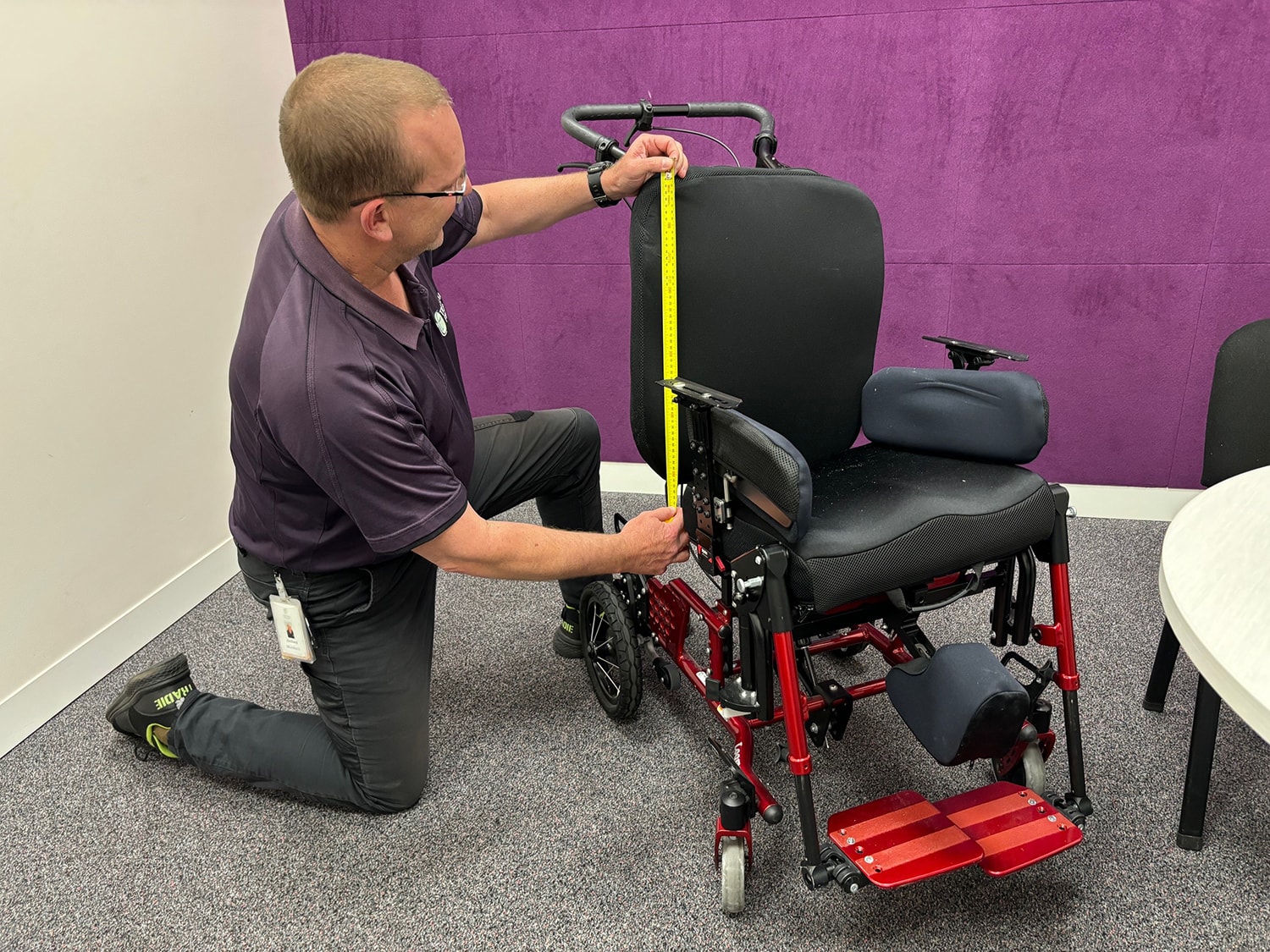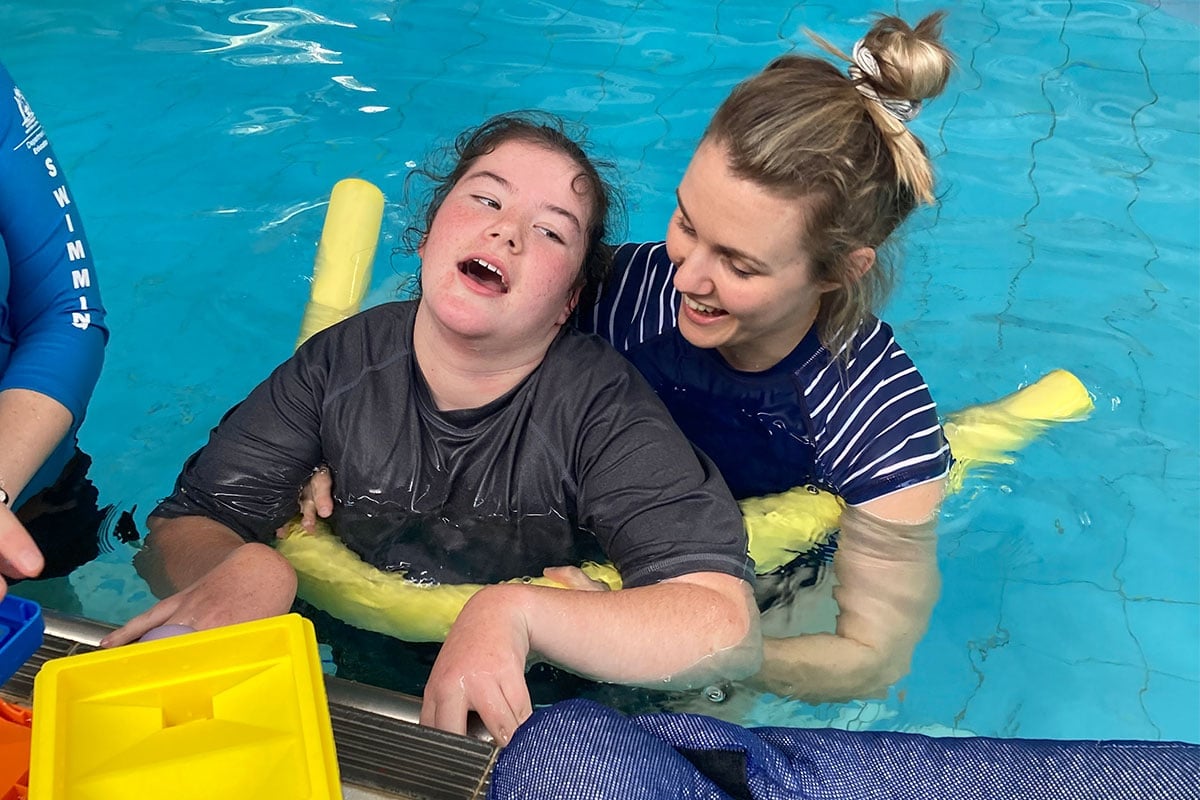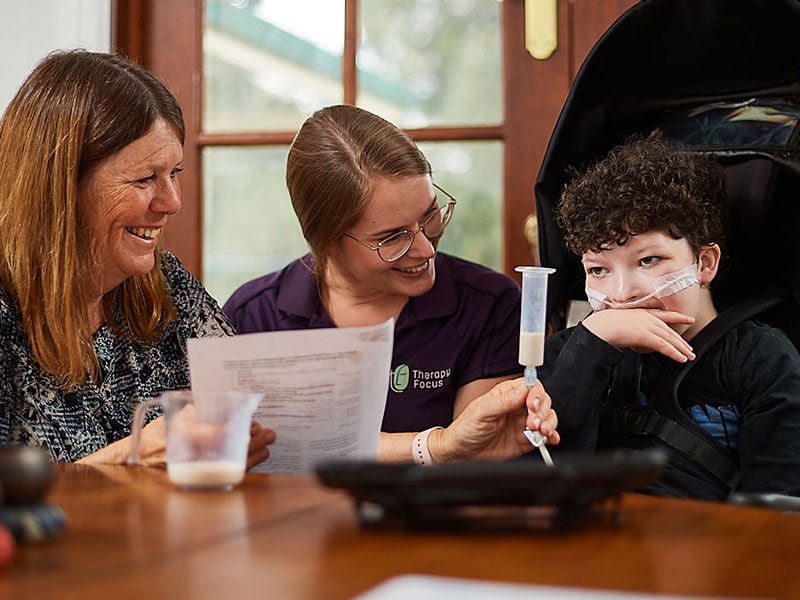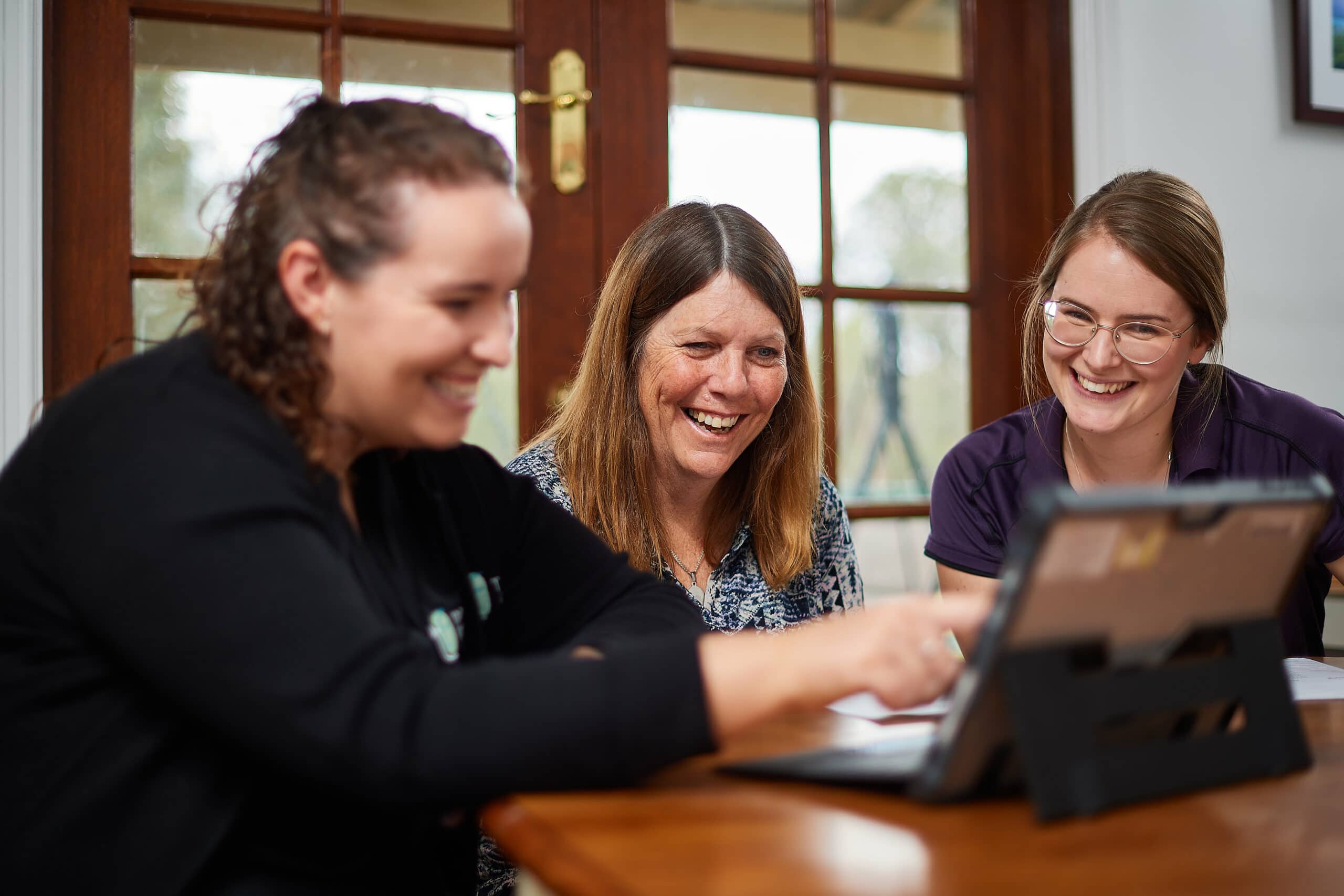Language development myths
When it comes to language development, lots of information is available. It is important to remember that some common assumptions around children’s language development do not always ring true.
This article addresses some common language development myths and sets the record straight!
‘Children learn language naturally.’
The truth: Learning language is partly innate and partly learned.
We are all ‘designed’ to learn language; however, we will not learn without good models, interaction with other people and the environment.
‘You should never use ‘baby talk’ with babies’
The truth: ‘Baby Talk’ known as ‘motherese’/’parentese’ is characterised by higher than average and more varied pitch, a slower rate of speaking, lots of repetition, emphasis on essential words and exaggerated positive facial expressions.
Babies prefer this speech, which helps them tune into speech, especially when there is background noise.
‘All children develop at different times’
The truth: Yes, to a degree.
Mild and temporary speech and language delays can occur, and some children to learn new words faster than others. However, if a child has less than 200 words by 18 to 24 months, they are at risk. It is important not to assume that delays result from typical developmental differences. Early intervention is the most effective tool to support successful language development.
‘He/she isn’t talking properly, and they are just lazy.’
The truth: Young children instinctively practice speech and language as these skills emerge.
They will not hold back from laziness. Difficulties with speech and language may be due to intimidation, stress, fear or other problems.
‘Second- and third-born children are late to talk because their older siblings do the talking for them.’
The truth: Several studies have shown that first-born and later-born children’s language development and skills are similar. Some studies have shown superior skills in later-born children in the areas of pronoun use (e.g. “I’, ‘me’, ‘he/she’) and conversation skills.
One study showed that first-born children reach the 50-word milestone earlier, but that once children had reached the 50-word milestone, there were no differences between first and later-born children. So, while older siblings often interrupt and talk for their younger siblings, this does not seem to harm their younger sibling’s speech and language development.
‘Speaking ‘telegraphically’ helps young children learn to talk’ (e.g. Where coat?)
The truth: When children aren’t exposed to correct grammar, it makes it hard for them to tune into structures, for example, babies learn that words ending in –ing are ‘action words’ and that words ending in ‘ed’ have happened in the past.
‘Using “educational” products such as DVD’s or flashcards promotes language.’
The truth: Conversations, human interaction and play are the most effective ways to develop language and communication. You are your child’s best toy!
‘Using a dummy causes language problems’
The truth: We still do not have enough information on this.
We know that prolonged use is linked to dental problems and ear infections, both of which can harm speech. Opportunities for babble, imitating sounds and engaging in conversation are reduced having a dummy.
‘Boys talk later than girls’
The truth: Boys indeed produce their first words and sentences later than girls. However, these differences are only in terms of a matter of a few months.
There is a normal range within which children gain certain language milestones. Girls tend to be on the earlier end, and boys later, of this age range. Boys are not delayed in their language development, just a little behind girls. So, if a young boy is lagging in his speech and language development, we should not assume that it is because he is a boy and that it is perfectly normal. He may need speech and language intervention.
‘More boys have language delays than girls’
The truth: The incidence of language delays is higher in boys. Autism Spectrum Disorder incidence is also four times as common in boys than girls.
‘Learning two languages at the same time (bilingualism) causes language delays in young children’
The truth: Children learning two languages at the same time will go through the same developmental patterns in both of their languages and at roughly the same time as children learning one language.
Sometimes young children learning two languages mix words or grammar from their two languages, known as “code-mixing” or “code-switching”. This is very normal and does not indicate that the child is having difficulty with language learning. There may be benefits from bilingual language learning, as children who are fluent in two languages have strengths in “metalinguistic skills” (the ability to think about language) and cognitive skills, such as attention.
Want to know more about language development?
Contact us on 1300 135 373.




